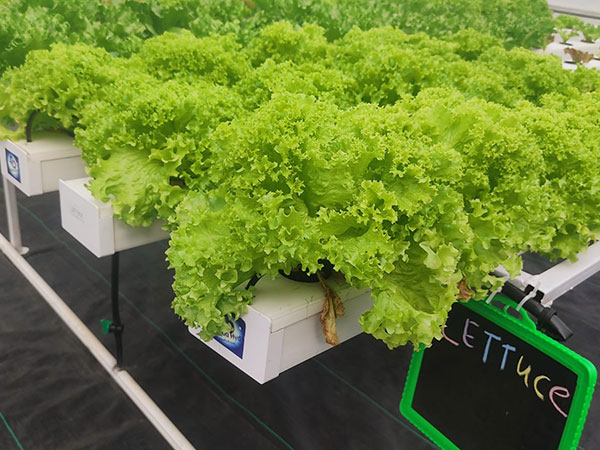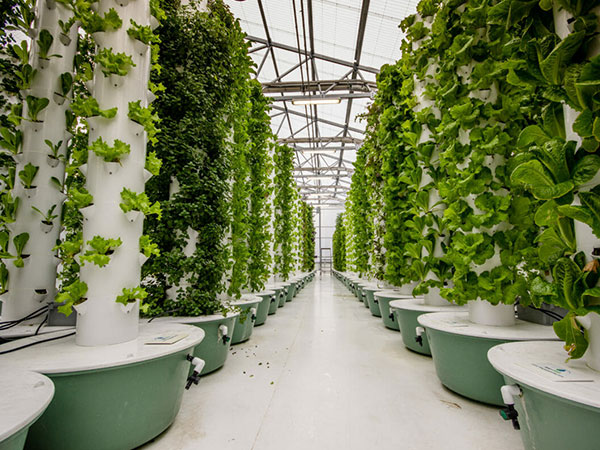Hydroponic
Hydroponic farming is a method of growing plants without soil, using a nutrient-rich water solution to deliver essential nutrients directly to the plant’s roots. In hydroponic systems, plants are typically grown in an inert medium such as perlite, rockwool, clay pellets, or coconut coir to provide support for the roots.
Here are some key components and principles of hydroponic farming:
Nutrient Solution
Water and Oxygen
Controlled Environment
Benefits of Hydroponic Farming
Embark on a journey of discovery and sustainability with outdoor hydroponic farming. By harnessing the power of technology and nature, you can create a thriving oasis of fresh produce right in your own outdoor space. With careful planning, thoughtful design, and diligent maintenance, your outdoor hydroponic farm is sure to become a source of pride, nourishment, and inspiration for years to come.




